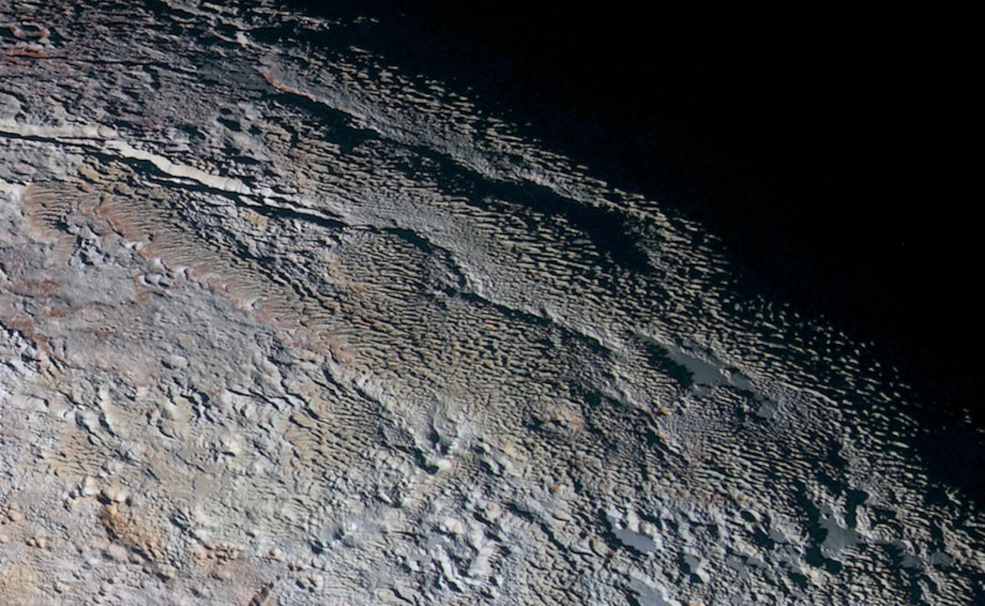But there's still fire, or some mysterious heat source, deep in the belly of Pluto, as we learn on Looking Up this week.
OK, I admit it, I’m a sucker for Pluto. The diminutive dwarf planet has always fascinated me, and I still clearly remember a few years ago when I was able to actually observe the tiny speck of light that is Pluto through my own telescope.
Three years ago, after a 9-year journey, the New Horizons spacecraft flew past Pluto and returned amazing pictures and other data. We learned that Pluto is not the cold, dead rock we assumed it to be. Rather, it has huge flows of frozen nitrogen, and huge mountains – actual mountains – of water ice. These things and more require some form of internal heat from within Pluto, and to date, no one has figured out where that heat is coming from. Pluto is even more mysterious as we learn more about it.
And, for Southern Colorado viewers, Pluto is placed about as good as it will get in your lifetime for spotting it. You’ll need a reasonably sized telescope and dark skies. I spotted Pluto with only my 8” scope, but that was a rare night with really dark skies, miles from any city. Your best bet to spot Pluto might well be to come of one of our star parties at the Florissant Fossil Beds National Monument, and to then take a peek through some of the bigger scopes out there. It will still be a challenge, but if you spot it, huzzah! You’ve spotted something only a tiny fraction of the population will ever see.
And New Horizons? Don’t worry, it’s already zooming across space to reach an even more distant object way, way out there. Next New Year’s Day, we’ll have more pictures from even deeper space!
If you’d like to take a closer look at Pluto, or any of the other wonderful and amazing things in the sky, please visit csastro.org for a link to information on our monthly meetings and our free public star parties.















